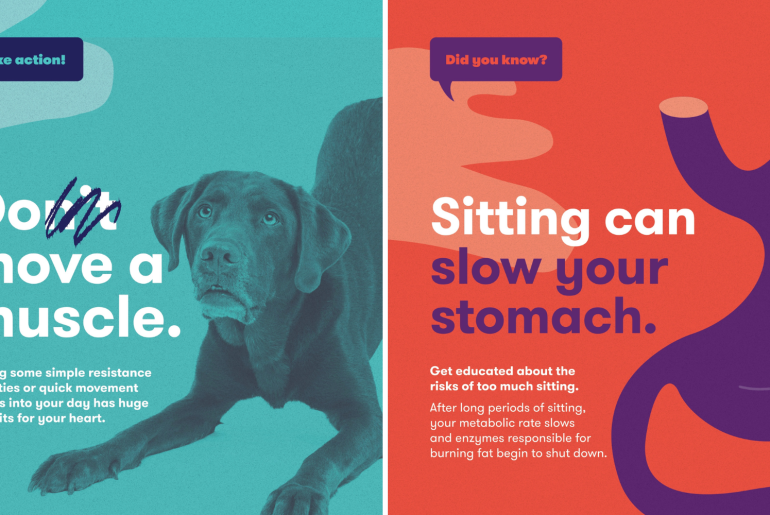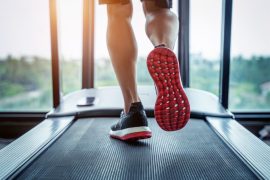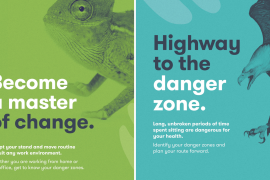Feeling foggy? You’re not alone.
When we sit for too long, our blood flow and metabolism slow down. This means less oxygen is supplied to our brain and we can feel fatigued and sluggish. So why not jump up and start feeling more focused and less tired?
That’s exactly what the BeUpstanding intervention is all about, especially during weeks 2 and 5, where the focus is on education and empowerment.
These crucial weeks centre around the risks of prolonged sitting and the benefits of standing and moving more.
But this isn’t just about throwing facts at you—it’s about strategically targeting the barriers and facilitators of behaviour change, as recommended by the Behaviour Change Wheel (BCW).
Let’s break down how this messaging works through the lens of the Capacity, Opportunity. Motivation (COM-B) model and the Theoretical Domains Framework (TDF). These frameworks have been explored in more detail on our previous blog post.

Capability
Understanding the risks associated with sitting too much and the benefits of being more active is one of the biggest barriers for people to sit less and stand more. Weeks 2 and 5 of the BeUpstanding intervention address this by enhancing psychological capability, with a focus on the knowledge component of the TDF. The messaging during these weeks highlights the tangible benefits of standing more and the serious consequences of prolonged sitting, effectively utilising the behaviour change technique of providing information about health consequences.
Opportunity
The social environment in the workplace can also be a significant barrier to standing more. BeUpstanding tackles this by creating social opportunities through collective language like “let’s take a stand,” which taps into the social influences domain of the TDF. By reassuring employees that taking breaks and moving around is encouraged, the intervention fosters a culture that supports and values these behaviours. This approach aligns with Behaviour Change Techniques (BCTs) such as social comparison, support, and organisational restructuring.
Motivation
Your mood plays a crucial role in how much you sit. The messaging in weeks 2 and 5 targets automatic motivation by addressing the emotion domain of the TDF. Through the behaviour change technique of providing evidence of the negative impacts of prolonged sitting, the intervention aims to boost optimism and motivation, making the idea of standing and moving more both appealing and emotionally rewarding.
By focusing on these elements, weeks 2 and 5 effectively tap into four out of the nine intervention functions described in the BCW guide:
- Education – Increasing knowledge and understanding by providing evidence on the risks and benefits of sitting less and moving more.
- Enablement – Highlighting social support to enhance capability by reducing barriers.
- Social Planning – Fostering a supportive organisational culture that encourages movement.
- Persuasion – Using communication to stir emotions and stimulate action by underscoring the negative outcomes of sitting too much.
 All these inner layers of the BCW operate within the policy category of Communication/Marketing, through which the messages were delivered.
All these inner layers of the BCW operate within the policy category of Communication/Marketing, through which the messages were delivered.
So, let’s stand up, sit less, and move more at work!
This blog was written by Sophie Caruana as a part of a fourth-year Psychology placement with the BeUpstanding team.
![]()










Comments are closed.